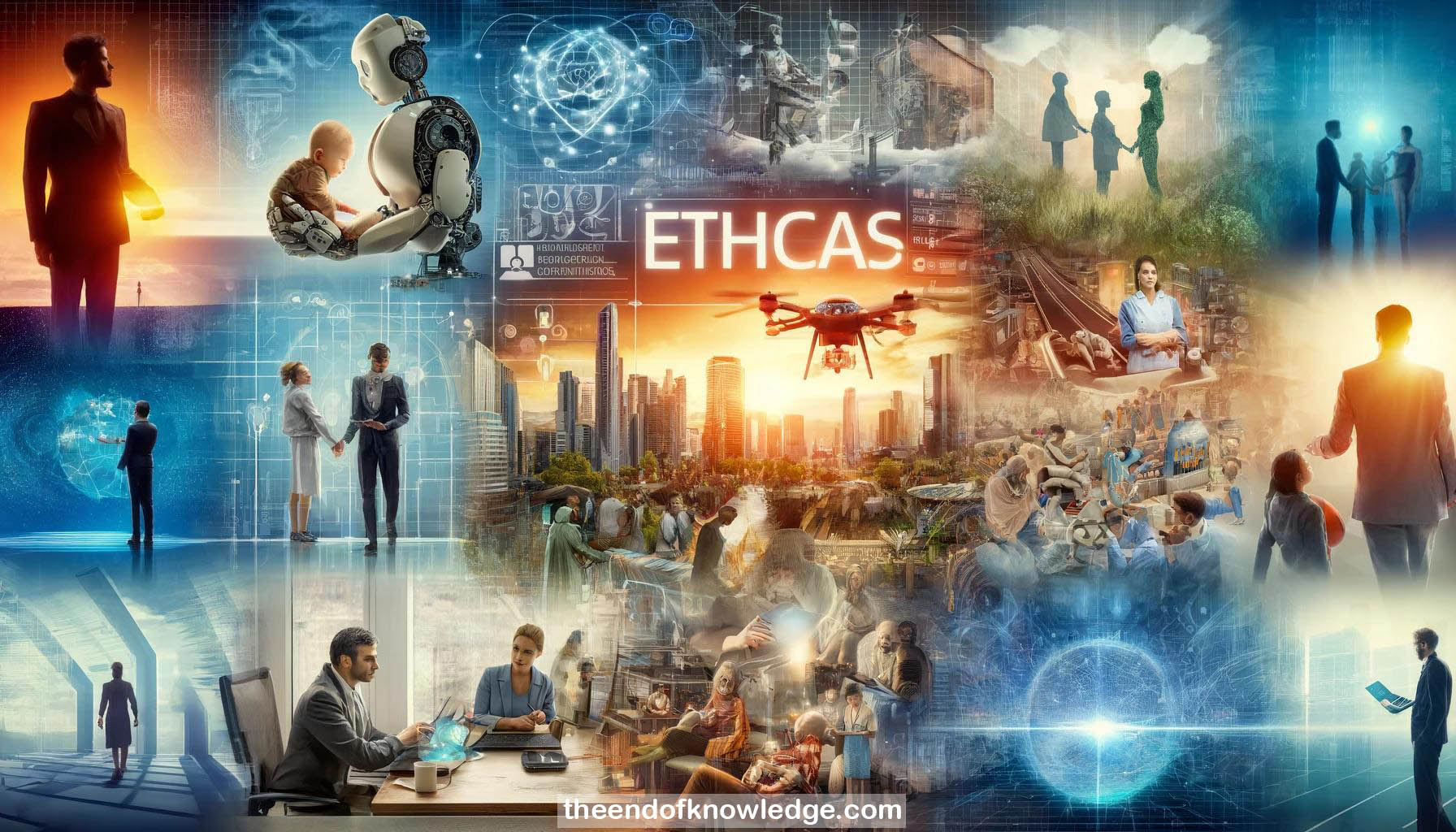 >
>
Concept Graph & Resume using Claude 3 Opus | Chat GPT4o | Llama 3:
Resume:
1.- Ethics can be a driver of innovation in robotics and AI, not just a hindrance that slows progress.
2.- Ethics is the study of the good life - what it is and how to achieve it. It distinguishes good/bad, right/wrong.
3.- Ethical language uses values like wellbeing, dignity, health, and environmental protection that constitute or help achieve the good life.
4.- One view sees technology as neutral; another sees it as inherently value-laden, with designers' assumptions and biases shaping the end product.
5.- Examples like gendered razor blade designs show how technologies can create and reflect norms, values and meanings.
6.- Technology changes what elements make up the good life (e.g. global social connections) or helps us achieve the good life (e.g. telecommunication).
7.- Robotics and AI will similarly change what the good life looks like or how we achieve it.
8.- Robot ethics clusters issues by stakeholder - designers/developers/policymakers, users, and robots/AI systems as ethical agents.
9.- For designers, key issues are making robots that preserve dignity, enhance wellbeing, have capabilities to do this, and use well-trained AI.
10.- Employment issues arise - making robots that enhance rather than replace human workers. Media rhetoric also shapes perceptions of robotics/AI.
11.- For users, questions emerged around the Boston Dynamics robot dog abuse videos and how mistreating robots could affect human-human interactions.
12.- Views differ on whether robots/AI should be ethical agents that make moral decisions and what theory should guide their programming.
13.- Alternatively, some argue against this as it could require granting rights and obligations to sufficiently advanced robots/AI.
14.- Ethics can be part of the design process, starting with a vision of the ideal 2030 society and using ethics to get there.
15.- In a humanitarian context, the good life means resources going further to help more people in isolated places.
16.- AI-powered drones used by humanitarian NGOs fit this vision, but must be designed and used to preserve wellbeing and dignity.
17.- Designers must consider potential for drones to cause physiological/psychological stress. Informed consent is also an important ethical value to uphold.
18.- Another future vision minimizes stereotyping and discrimination in bureaucratic systems like courts, healthcare, banking and policing.
19.- AI could detect biases or predict when biases may occur in decision-making by court officials and judges.
20.- A third scenario envisions robotics/AI supporting environmental goals by monitoring pollution, cleaning up e-waste, etc.
21.- The key is making ethics the starting point that guides the technological development, not an afterthought.
22.- This contrasts with starting from technological capabilities and only later addressing ethical issues that arise.
23.- The goal is using AI to check our biases rather than continue them, and having robotics/AI express ethical values.
24.- Ethics becomes a tool for envisioning how to bring important values to life through technology.
25.- We should consider the good life as the starting point and use ethical language to define the desired future.
26.- The question is what ethical values we want to be the defining features of AI in 2030.
Knowledge Vault built byDavid Vivancos 2024